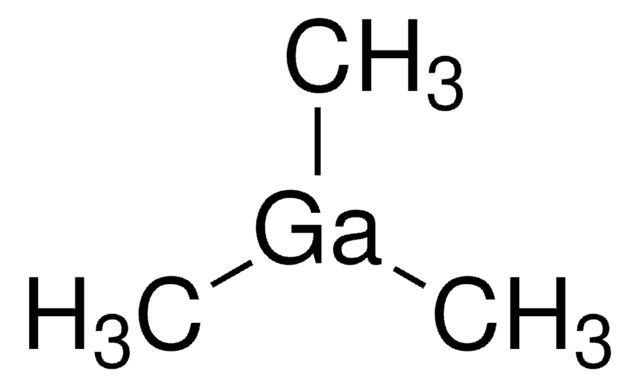753688
Gold-Nanopartikel
100 nm diameter, OD 1, stabilized suspension in 0.1 mM PBS, reactant free
Synonym(e):
Au-NP, Goldkolloid
About This Item
Empfohlene Produkte
Qualitätsniveau
Form
nanoparticles
suspension
Konzentration
~3.8E+9 particles/mL
OD
1
Durchmesser
100 nm
λmax
565-574 nm
Lagertemp.
2-8°C
SMILES String
[Au]
InChI
1S/Au
InChIKey
PCHJSUWPFVWCPO-UHFFFAOYSA-N
Suchen Sie nach ähnlichen Produkten? Aufrufen Leitfaden zum Produktvergleich
Allgemeine Beschreibung
Anwendung
- As conductors in printable inks,
- In Photodynamic therapy,
- In drug delivery and biomarkers,,
- As calorimetric sensor,
- In biological imaging,
Rechtliche Hinweise
Lagerklassenschlüssel
10 - Combustible liquids
WGK
nwg
Flammpunkt (°F)
Not applicable
Flammpunkt (°C)
Not applicable
Hier finden Sie alle aktuellen Versionen:
Besitzen Sie dieses Produkt bereits?
In der Dokumentenbibliothek finden Sie die Dokumentation zu den Produkten, die Sie kürzlich erworben haben.
Kunden haben sich ebenfalls angesehen
Artikel
Surface-enhanced Solar Energy Conversion Systems Using Gold and Silver Nanoparticles
Steven J. Oldenburg, Ph.D. provides an overview of lateral flow diagnostic assays and discusses the use of ultra-bright reporter particles based on the unique optical properties of gold nanoshells that significantly increase the sensitivity of lateral flow immunoassays.
Gold (Au) nanoparticles have tunable optical and electronic properties and are used in a number of applications including photovoltaics, sensors, drug delivery & catalysis.
Gold (Au) nanoparticles have tunable optical and electronic properties and are used in a number of applications including photovoltaics, sensors, drug delivery & catalysis.
Unser Team von Wissenschaftlern verfügt über Erfahrung in allen Forschungsbereichen einschließlich Life Science, Materialwissenschaften, chemischer Synthese, Chromatographie, Analytik und vielen mehr..
Setzen Sie sich mit dem technischen Dienst in Verbindung.



